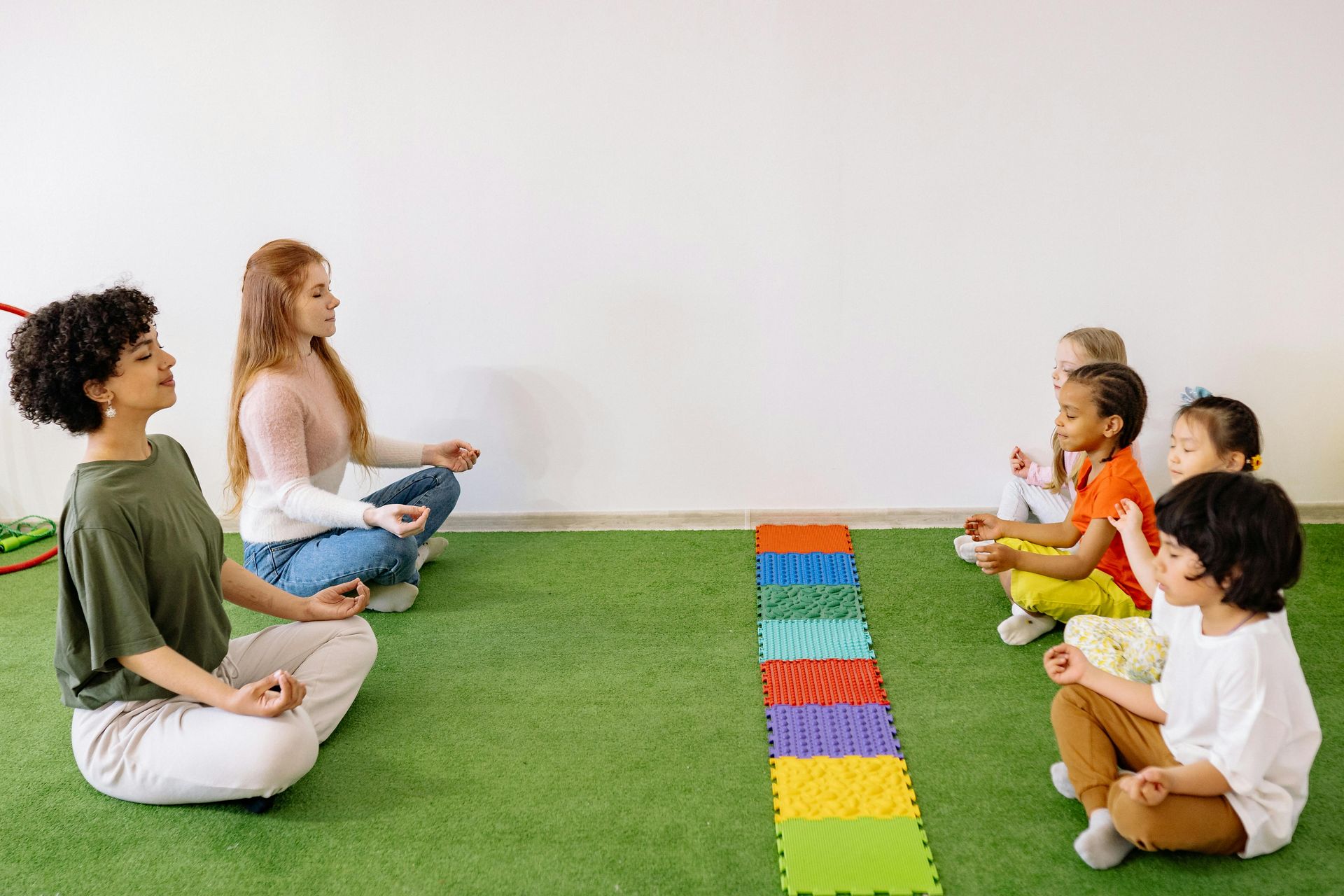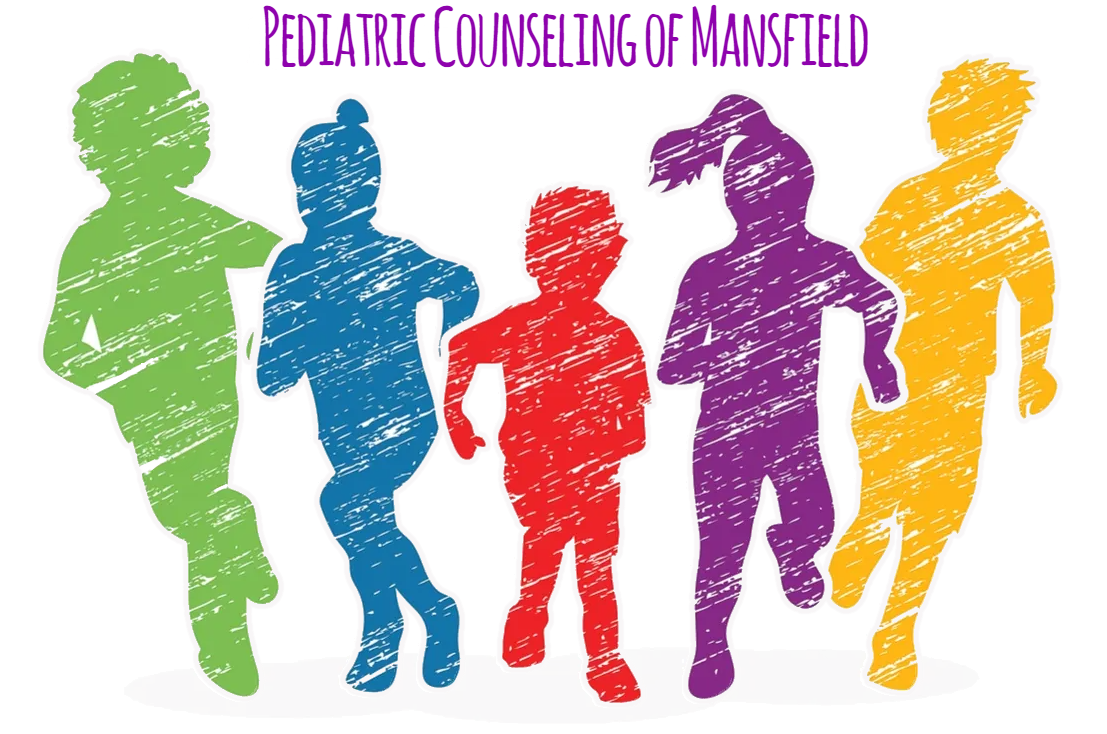Unlocking the Mystery of Retained Primitive Reflexes: Impact on Development and Potential Interventions

The human body undergoes a remarkable journey of development from infancy to adulthood, and part of this journey involves the integration of primitive reflexes. Primitive reflexes are automatic, stereotypical movements that emerge in response to specific stimuli during early infancy. While they play a crucial role in an infant's survival and development, some individuals may retain these reflexes beyond their expected integration period. In this blog article, we'll explore what retained primitive reflexes are, their potential impact on development, and interventions that can help address them.
Understanding Primitive Reflexes
Primitive reflexes are automatic, involuntary movements that are essential for survival and development during the early stages of life. These reflexes typically emerge in utero or shortly after birth and serve various purposes, such as ensuring proper feeding, protecting the infant from harm, and promoting motor development. As a child grows and matures, these primitive reflexes are expected to be gradually replaced by more controlled, voluntary movements.
What Are Retained Primitive Reflexes?
Retained primitive reflexes occur when these automatic movements persist beyond the typical developmental timeline. While some degree of reflex activity is expected in early infancy, retained reflexes in older children and adults may interfere with optimal functioning. This can manifest in a variety of ways, affecting motor coordination, sensory processing, and even emotional well-being.
Impact on Development
The persistence of primitive reflexes can impact various aspects of development, including:
- Motor Skills: Retained reflexes may hinder the development of fine and gross motor skills, leading to challenges in activities such as handwriting, coordination, and balance.
- Sensory Processing: The integration of primitive reflexes is closely tied to sensory development. Retained reflexes may contribute to difficulties in sensory processing, potentially leading to sensitivities or aversions to certain stimuli.
- Academic Performance: Challenges in motor skills and sensory processing can affect academic performance, making tasks like reading, writing, and concentrating more challenging for individuals with retained primitive reflexes.
- Emotional Well-being: The frustration and difficulty in coping with daily tasks may impact emotional well-being, potentially contributing to issues like low self-esteem and anxiety.
Interventions for Retained Primitive Reflexes
Addressing retained primitive reflexes often involves targeted interventions designed to stimulate the central nervous system and promote the integration of these reflexes. Some common approaches include:
- Movement-Based Therapies: Activities that encourage specific movements and exercises can help stimulate the nervous system and promote the integration of primitive reflexes. This may include activities such as crawling, cross-crawl exercises, and balance activities.
- Occupational Therapy: Occupational therapists employ a range of activities to address motor and sensory challenges associated with retained primitive reflexes. These may include sensory integration activities, therapeutic exercises, and fine motor skill development.
- Brain Gym: Brain Gym exercises focus on enhancing brain function through purposeful movements, with the aim of integrating primitive reflexes and promoting overall neurological development.
- Chiropractic Care: Some individuals find relief through chiropractic adjustments, which can help address alignment issues and support the integration of primitive reflexes.
Retained primitive reflexes can present challenges in various aspects of development, but with targeted interventions and support, individuals can experience improvements in motor skills, sensory processing, and overall well-being. It's important to recognize the uniqueness of each individual's developmental journey and to seek professional guidance for a tailored approach to addressing retained primitive reflexes. By understanding and addressing these reflexes, we can unlock the potential for enhanced development and improved quality of life.












